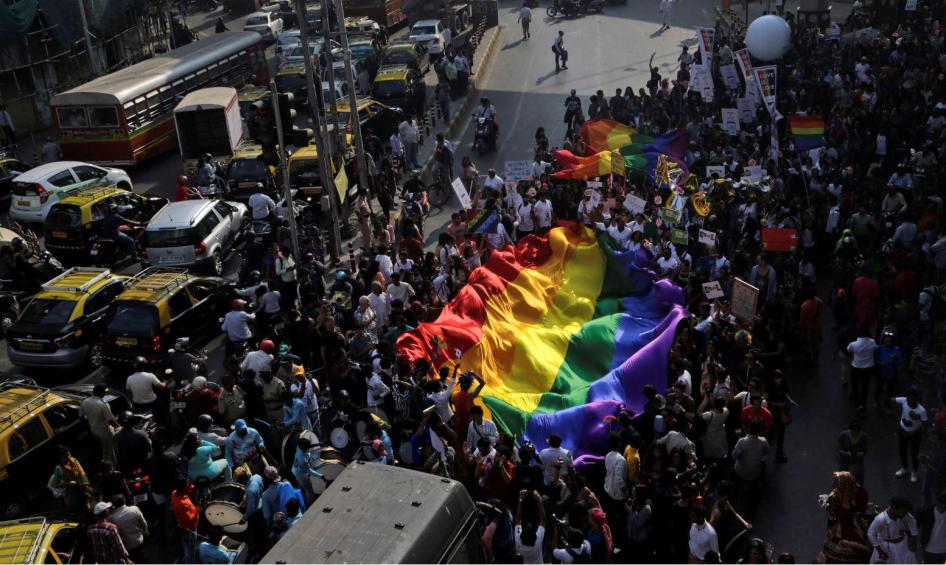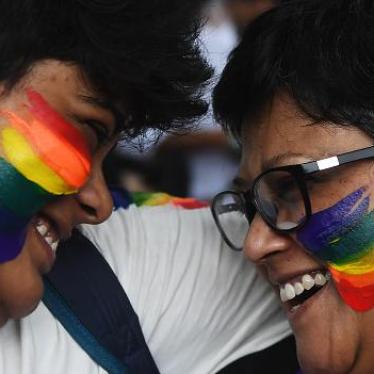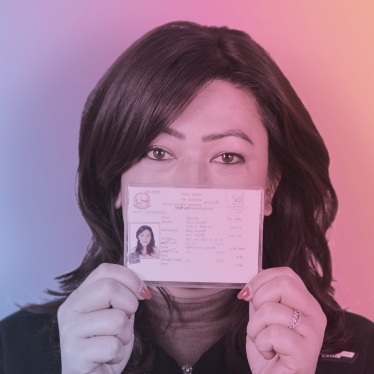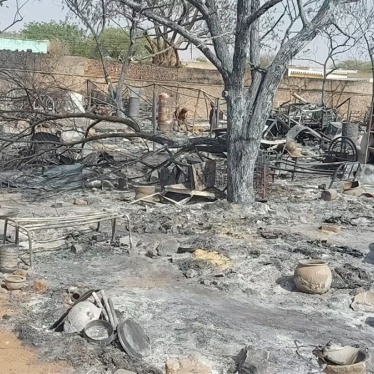The picture is bleak for lesbian, gay, bisexual, and transgender youth in India. Many face harassment and bullying, and to avoid humiliation and violence they often skip classes or drop out of school altogether. Most teachers are not trained or empowered to respond to anti-LGBT bullying, so in many cases they don’t. In some cases, they even participate in the harassment.
Court judgments in recent years have laid the groundwork for better protections from discrimination based on sexual orientation and gender identity, and the Indian government’s stance on LGBT rights has evolved considerably. But much more is needed to protect people on the basis of sexual and gender identity in India.
Two reports published this month shed much-needed light on the experiences of sexual and gender minority youth in India’s schools. UNESCO, the United Nations education agency, and the International Commission of Jurists, a nongovernmental organisation, have each published harrowing in-depth reports on the plight of LGBT Indians.
UNESCO’s research focused on youth and school environments, while ICJ’s was broader, and included an examination of housing, access to public spaces, and employment – with education analysed as a precursor. “Educational and training opportunities are often denied to LGBTQ persons due to harassment, bullying, and violence,” ICJ found, citing gender-specific school uniforms, lack of access to toilets, and difficulties in obtaining accurate identity documents as barriers for LGBT students. “Accounts of bullying in schools were common.” The report details cases of teachers beating and berating male students for acting “too effeminately,” and forcing transgender students to sit separately from their peers.
UNESCO surveyed 371 sexual and gender minority youth, and gathered in-depth information from more than 60 through focus groups in Tamil Nadu state. Eighty-four percent of participants reported being bullied, most by other students, but in one-fifth of those cases by a male teacher. Only 18% of those who were bullied said they reported the incident to school authorities.
Inadequate Responses
For those courageous enough to do so, school officials told nearly a third to change their gendered mannerisms to avoid future bullying, and half told them to ignore the incident altogether. The majority of respondents reported that they felt such incidents – and the poor responses from authorities – harmed their academic performance. Over a third of the students surveyed said that such bullying had contributed to a decision to drop out of school.
LGBT activists in India triumphed last year when the Supreme Court unanimously struck down section 377 of India’s penal code, which criminalised same-sex relations. Justice Indu Malhotra pointedly stated that “an apology [is owed] to members of the LGBT community… for the ostracisation and persecution they faced because of society’s ignorance”.
In 2014, the Supreme Court issued a sweeping judgment in NALSA v. India, which held that transgender people should be legally recognised according to their gender identity, enjoy all fundamental rights, and receive special benefits in education and employment.
But while legal changes are an important step, much more is needed for LGBT people in India to be able to live without discrimination and with dignity. Young people who are bullied in school are less likely to succeed and more likely to find themselves vulnerable to discrimination and violence as adults.
Human Rights Watch research in diverse settings across the world whether in South Africa, Kenya, Jamaica, or the US shows that vulnerability as adults correlates with negative experiences as children whether at home or in school. Shifting India to being a nation that protects sexual and gender diversity will require action by multiple ministries and agencies at both the national and state levels. This includes amending education laws to include a spectrum of gender – not just “male and female” students – and updating curricula to make them inclusive of diverse gender and sexuality communities so all students are receiving accurate information.
Useful Examples
Across Asia, there have been some promising advances to protect LGBT youth in recent years. For example, a 2013 law in the Philippines instructs schools to address bullying, and refers to sexual orientation and gender identity. In 2017, the government of Japan changed its national bullying prevention policy to specifically protect LGBT students. This came on the heels of aan Education Ministry directive that instructed schools to allow students to use restrooms and wear uniforms according to their gender identity – a policy that schools have started to implement.
Enumerating sexual orientation and gender identity in non-discrimination and anti-bullying policies is an important step toward acknowledging diversity, protecting vulnerable students. Training school staff empowers them to respond when they encounter abuse. Younger generations of Indians will grow up knowing of criminalisation as a thing of the past, and that will be a boon to their basic rights.
But as these two new reports show, there is much more the government should do to ensure they grow up in safety.









